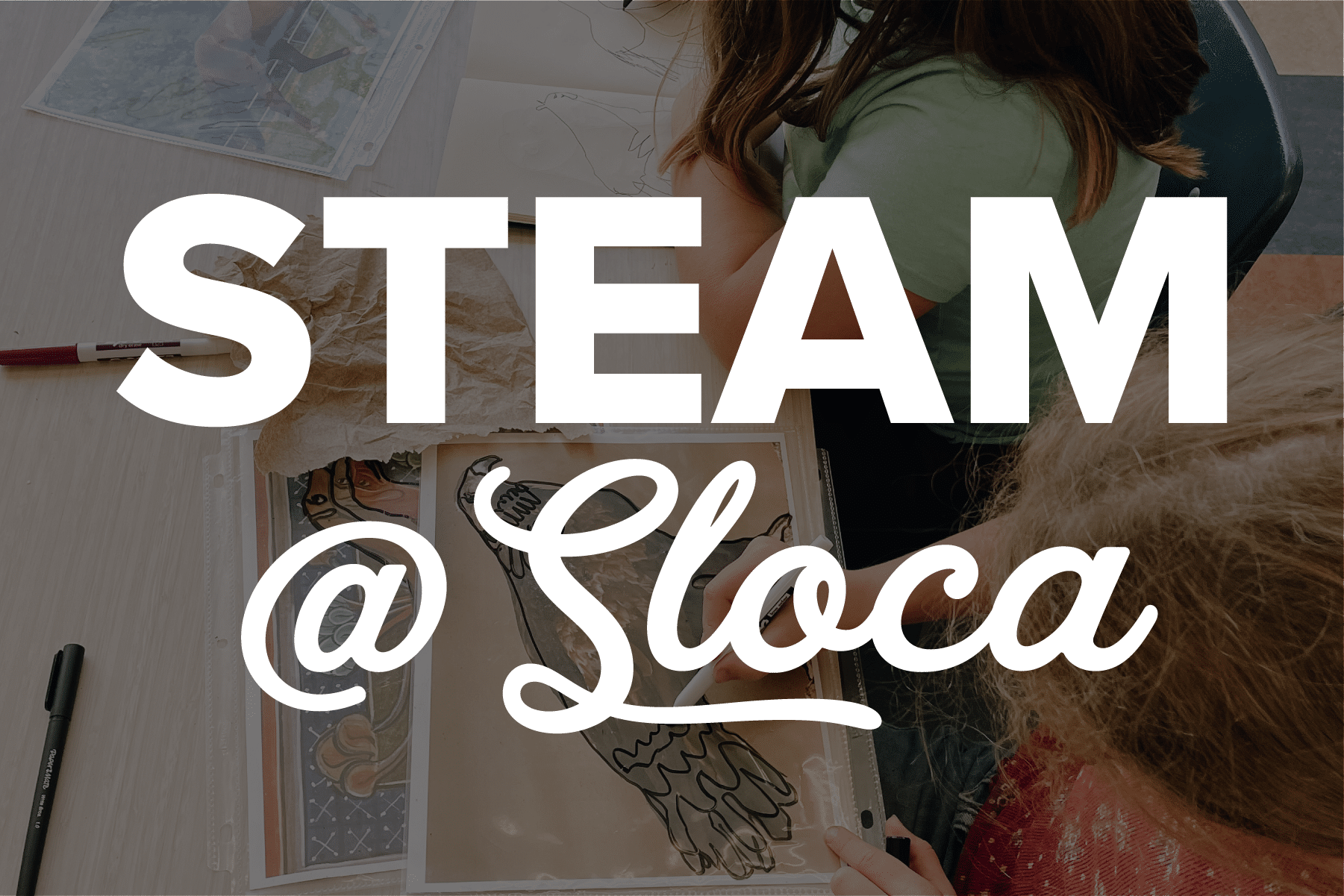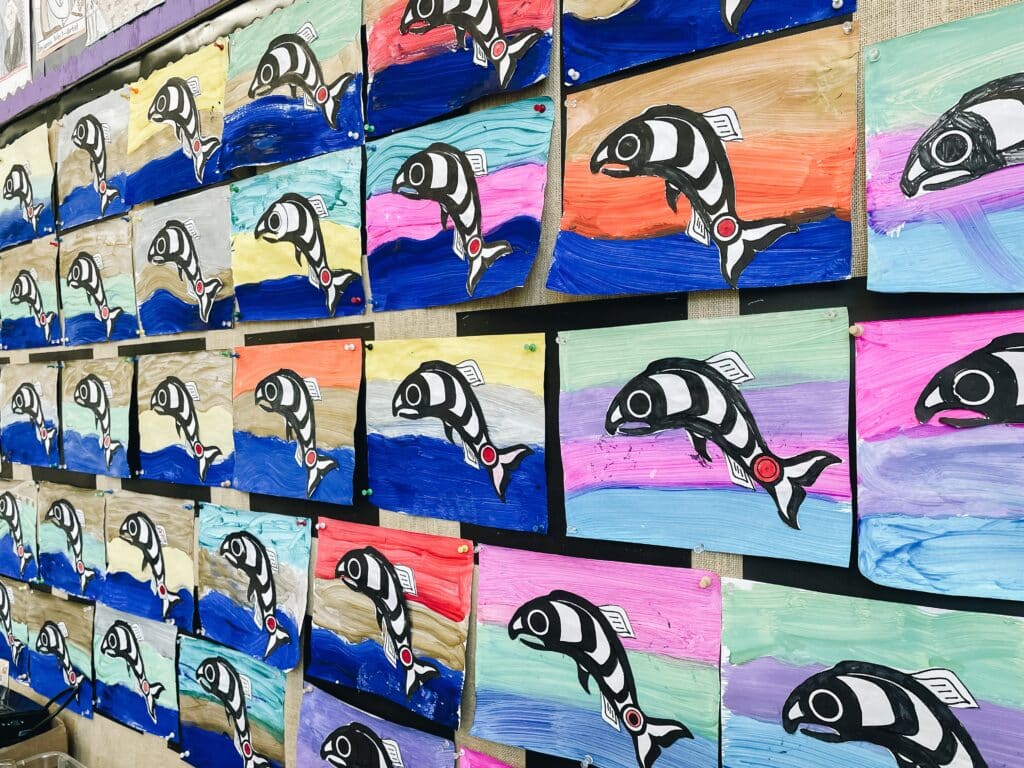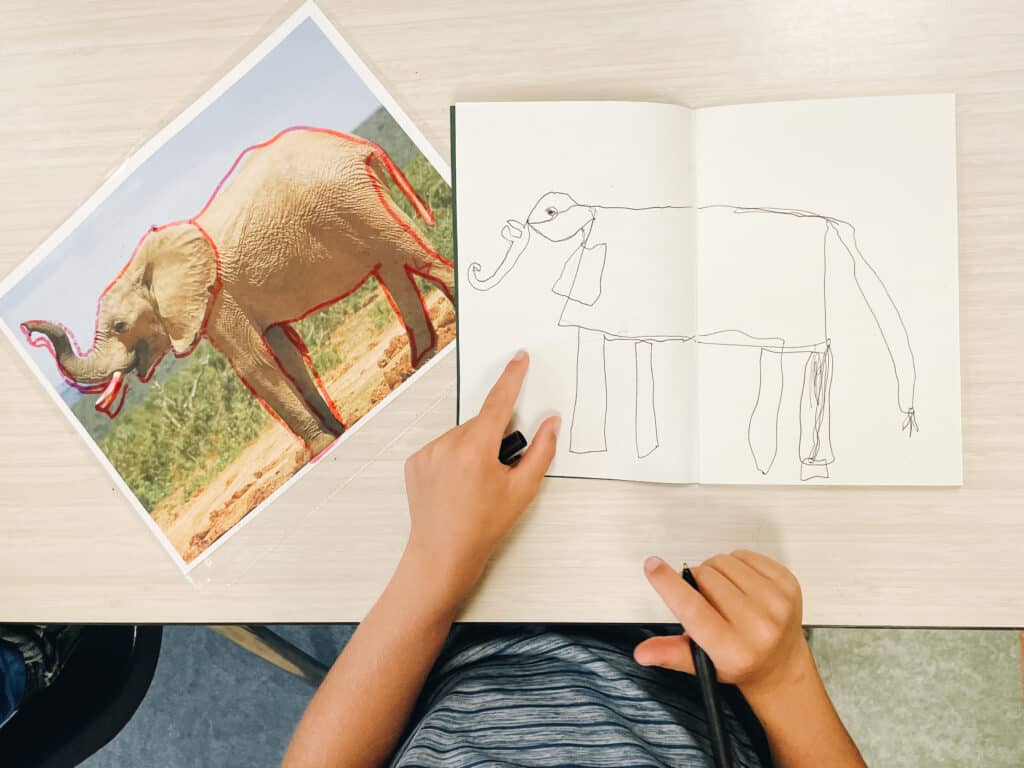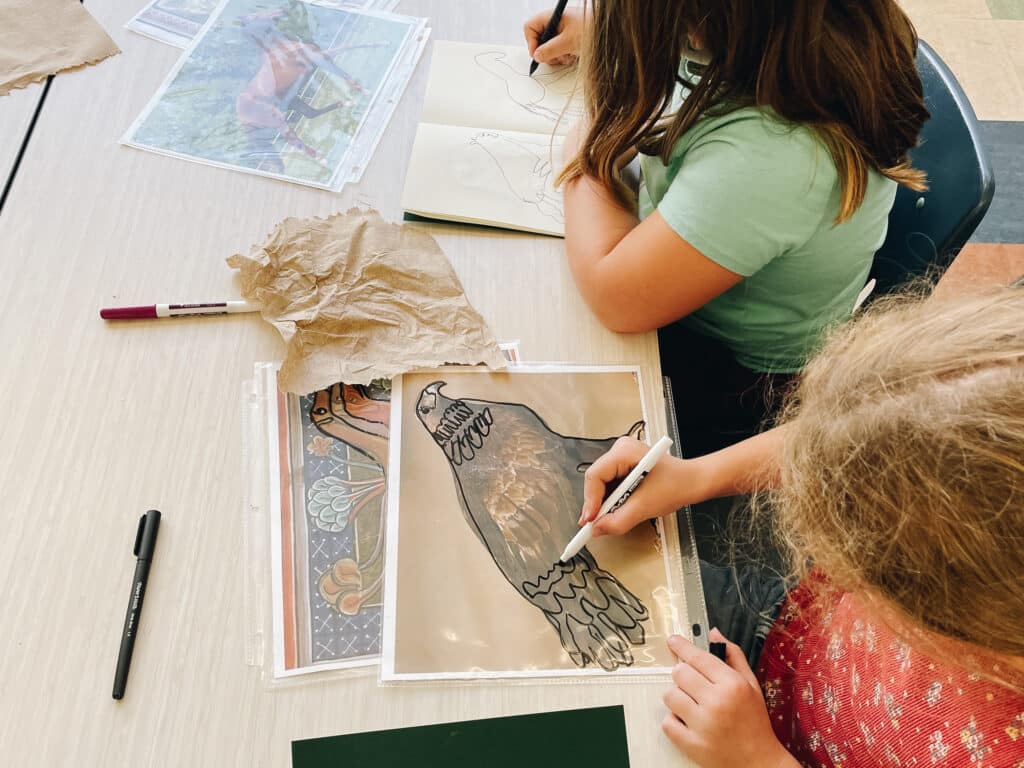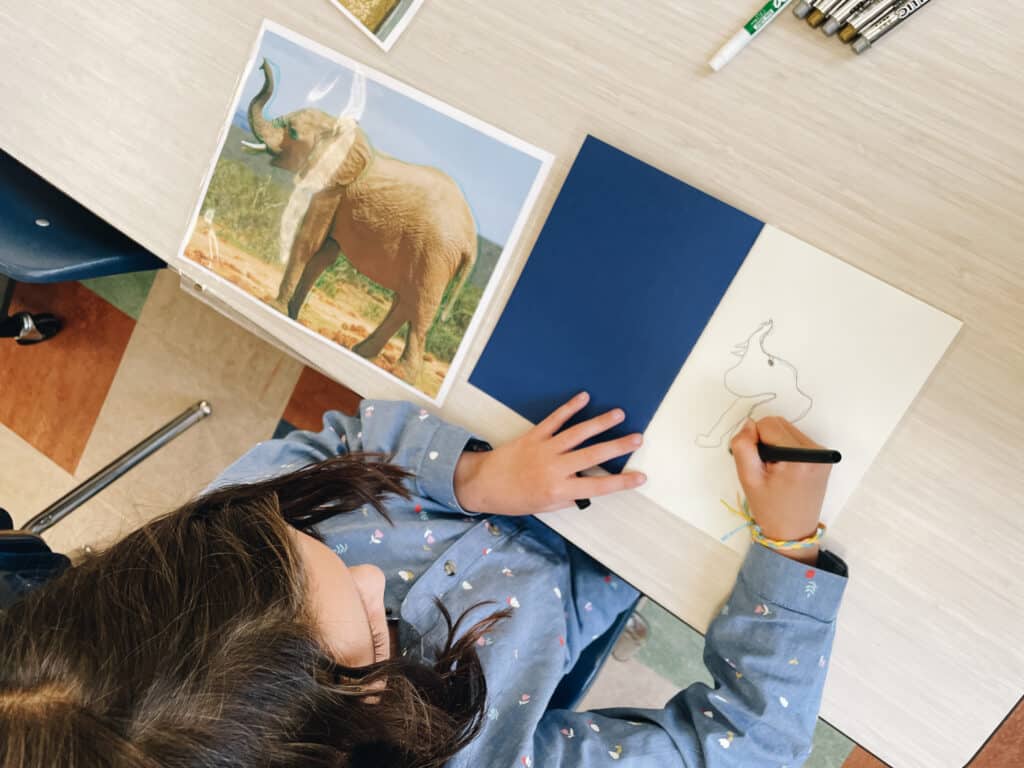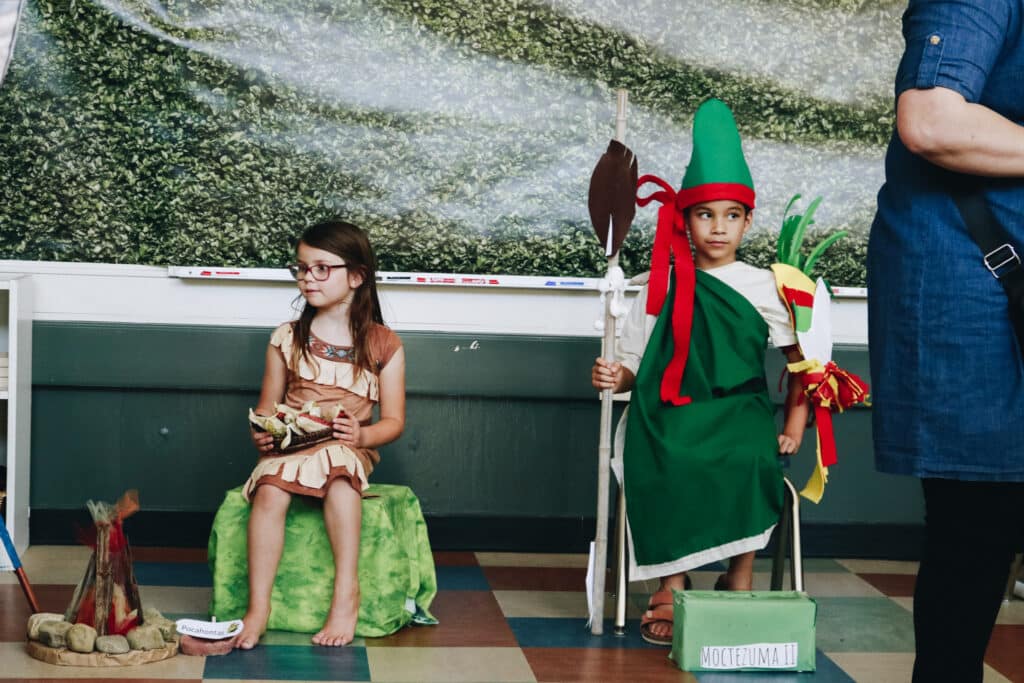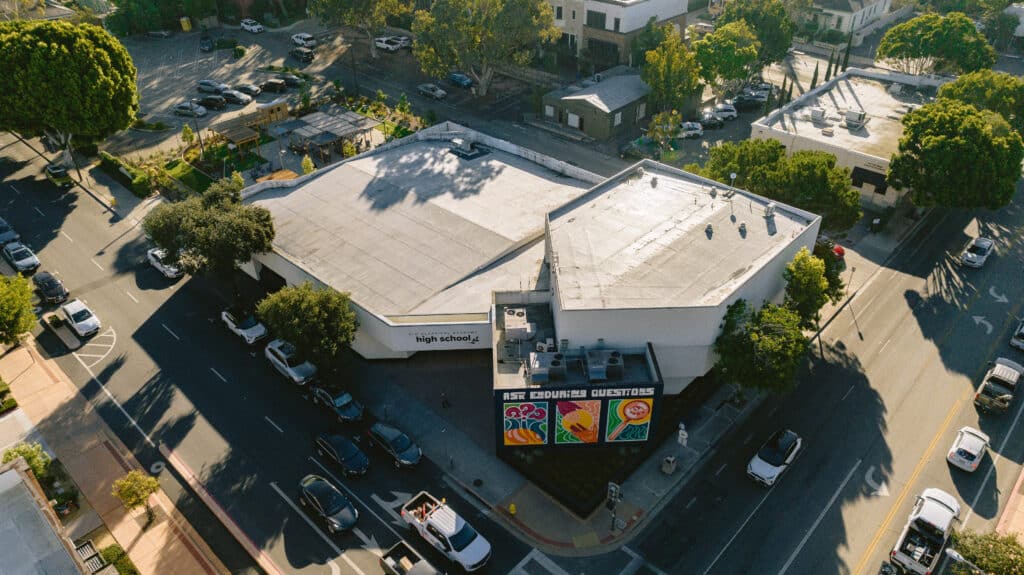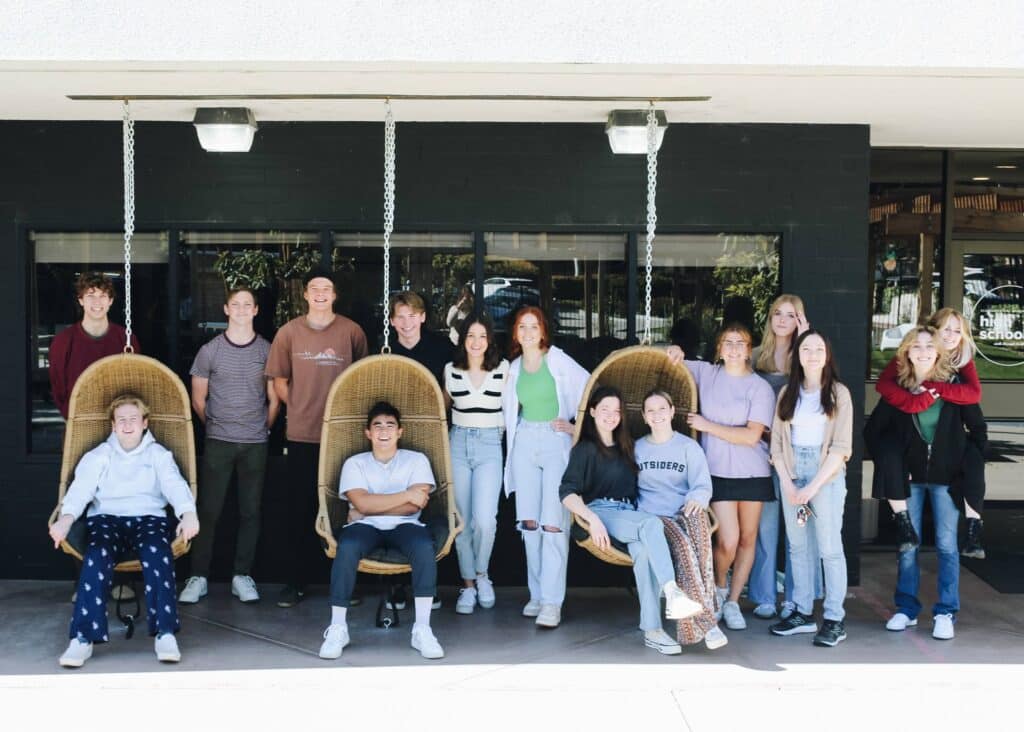You’ve probably heard something somewhere about STEAM education—it’s kind of an educational buzzword these days, from public to private schools and beyond. This acronym stands for Science, Technology, Engineering, Art, and Math and is often used to emphasize a distinction from the traditional humanities subjects: history, social studies, and literature. Here at SLOCA, while our four-year cycle is built upon our literature and history, we believe that STEAM seamlessly integrates into our classical education with a twist. It shouldn’t be seen as opposing the humanities but rather as complementary to them and part of a greater endeavor of pursuing truth, goodness, and beauty in all of life.
We’ll hear from Sage Ronda (art teacher for 1st-2nd grade), Rachel Hoxie (art teacher for kinder and 3rd-4th grade), Josh Ronda (art teacher for 5th-8th grade), and Kaitlyn Lewis (music teacher for kinder-4th grade).
Mrs. Hoxie believes that art easily incorporates into all other subjects (including the STEM part of STEAM!) She says, When students do any type of art, other subjects come into play. For example, currently, my third and fourth graders are studying and creating microorganisms. We not only researched how microorganisms look but also their purposes. Therefore, integrating science into our art class. While creating their own microorganisms, they learned different watercolor techniques and how to control them through experimentation, another skill prevalent in STEM. Students pushed these skills even further when they were required to come up with their own imaginary microorganism that only lived on the SLOCA campus. Each microorganism body part created had to have a purpose and exist in a real environment (i.e., some of the students chose to have their microorganism exist in the “lost and found” clothes pockets or inside IZZE drinks in The Den). Rachel also offers some wisdom on why art is so important: “This is why art is absolutely crucial to any school curriculum—it gives students a chance to spark imagination and creativity in ways that naturally align with other learning.” To learn more about Mrs. Hoxie, check out a recent blog about our Intermediate teachers.
Mrs. Ronda thinks similarly about her curriculum. She said of her classes, “I like to think of my class as running on railroad tracks. On one side are the elements of art (line, shape, form, color, value, texture, and space). On the other side is our history cycle. This year, as you know, we are studying Medieval history, but we have also been studying line in my classes. So far, we have done one line drawings of animals from Medieval bestiaries, we have created wire dragons, and we have learned about the Viking’s use of line in their motifs of ribbon animals and the Great Beast. This coming trimester, we will jump into shape and start off with discovering Islamic art and tiling!” To learn more about Mrs. Ronda, check out this recent blog about Primary teachers.
Working with Mrs. Ronda and Mrs. Hoxie, Mr. Ronda’s classes are an integral part of our art program here at SLOCA. “Our art program in the Middle School operates on a four-year cycle alongside our History/Literature. This year we are focusing our efforts on drawing. From technique to expression, we reference Medieval art and drawings and create our own projects, learning to use the tools in the classroom to put ideas on the page.” To learn more about Mr. Ronda, check out this recent blog about UMS teachers.
Lastly, when it comes to music, we can’t thank our intrepid Mrs. Lewis enough! She has been creating musical instruction and memories with SLOCA’s kinder to intermediate students for the last decade! Though currently out on maternity leave, her impact has been immense, and she will be missed until she returns! Music is a family affair for her. Her great-grandpa was a jazz musician, and, growing up in Nebraska, Mrs. Lewis started singing at an early age. She took up playing piano in 2nd grade, cello in 4th grade, and guitar in 7th grade! She studied at a liberal arts school called Greenville College in Illinois, where she earned a degree in Music Education. At SLOCA, she leads students through a general overview of music while following our history cycle. In her classes, you’ll hear lots of singing and instruments playing. She also makes sure her students are learning to read and write music and learning about how music was in the time period being studied—from ancient to medieval and beyond! There’s also a bit of dance as well because we all know sometimes a catchy rhythm just makes everyone want to move! To learn more about Mrs. Lewis, check out a recent blog about our Intermediate teachers.
Through reading this blog, we hope you learned (or relearned) just how integrated (and interesting!) art and music are in our curriculum. Tune in soon to see how our new Makerspace program connects engineering to our curriculum!
P.S. Want to read a great story about how STEAM connects with the humanities? Check out this post from our former social media manager, Jeanett Gibson, whose son, a SLOCA 6th grader at the time, impressed someone at NASA when he connected his knowledge about Odysseus to the name of the latest drone working in the AUVSI program. Read the blog here!




